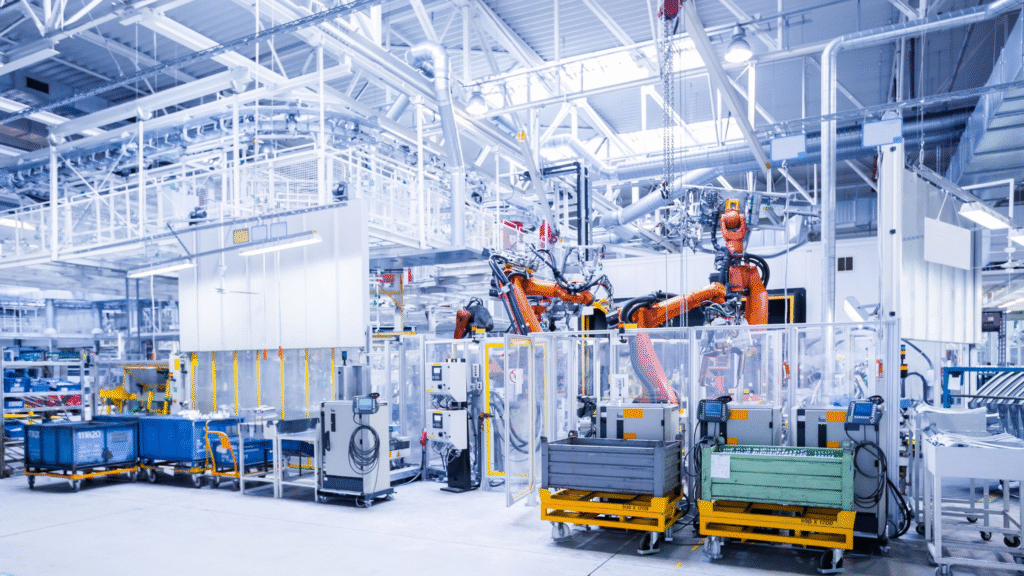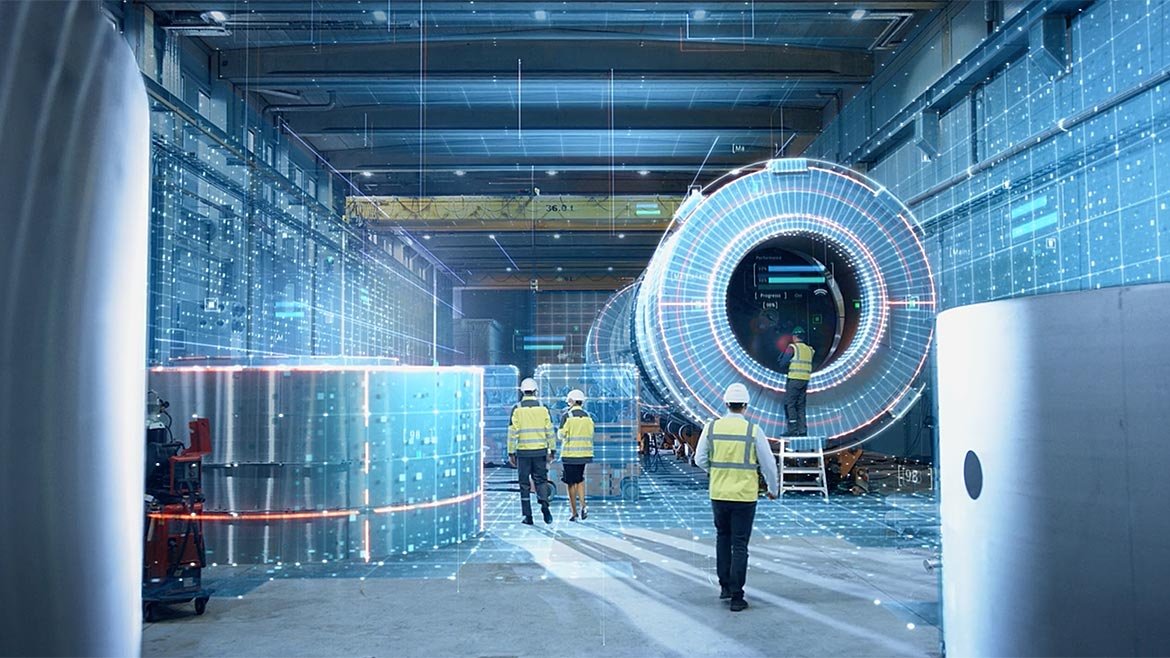Welcome to the TinyML Revolution
Machine learning used to be something that ran on powerful servers or in the cloud. But now, thanks to TinyML, we can bring that power directly to small devices — even ones that fit in your hand.
We’re talking about smartwatches, door sensors, drones, hearing aids, and more. These devices can now think and learn — all on their own, without internet.
It’s a game-changer for industries, products, and everyday life.
What Is TinyML?
TinyML stands for Tiny Machine Learning. It means putting machine learning models onto very small, low-power devices — like microcontrollers.
These devices have:
- Very little memory (as low as 256KB)
- Low energy use (can run on battery for years)
- Limited processing power (no GPU, no fans)
Despite that, they can:
- Detect sounds
- Recognize gestures
- Monitor motion
- Predict failures in machines
That’s because the ML models used are tiny — often less than 1MB in size.
Why Are We Bringing Machine Learning to the Edge?

There are a few big reasons:
1. No Internet Needed
TinyML lets devices run AI without sending data to the cloud.
Example: A smoke detector with TinyML can recognize fire sounds instantly — without needing Wi-Fi.
2. Faster Responses
When data stays on the device, you skip the delay of sending it to the cloud and back.
Example: A fitness band can detect a fall and trigger an alert in under a second — no server needed.
3. Better Privacy
Since the data never leaves the device, it’s safer.
Example: A baby monitor with TinyML can recognize crying or motion — without uploading any personal video to the cloud.
4. Longer Battery Life
TinyML models are lightweight. They use very little energy — perfect for devices that run on small batteries.
visual: TinyML vs Traditional ML
| Feature | Traditional ML (Cloud) | TinyML (On-device) |
| Data Processing | In cloud/server | On device (edge) |
| Internet Required | Yes | No |
| Speed of Response | Slower | Instant |
| Privacy Protection | Lower | High |
| Energy Usage | High | Very low |
| Device Size | Large devices | Microcontrollers, sensors |
Where Is TinyML Used?
Let’s look at some real-life examples of how TinyML is bringing machine learning to the edge.
1. Smart Wearables
Smartwatches and fitness bands use TinyML to:
- Count steps
- Detect workouts
- Recognize gestures like raising your hand to wake the screen
These actions happen locally, with no need for cloud help.
2. Smart Homes
TinyML powers:
- Motion detection in cameras
- Glass break sound detection in alarms
- Voice wake words (like “Hey Google”)
These run right on the device to save bandwidth and keep data private.
3. Industrial Machines

Factories use TinyML to predict:
- When motors might break
- If a vibration pattern is unusual
- When to perform maintenance
This reduces downtime and saves money.
4. Drones and Robots
TinyML allows:
- Real-time obstacle avoidance
- Line following for small bots
- Recognizing shapes or sounds in the environment
Again, it all happens without needing internet.
The TinyML Workflow in Simple Terms
Here’s how engineers bring machine learning to edge devices step by step:
- Collect data from sensors (sound, motion, images)
- Train a model using standard ML tools (like TensorFlow or PyTorch)
- Compress the model to make it small enough
- Deploy to device using TinyML frameworks like TensorFlow Lite for Microcontrollers
And boom — your tiny gadget becomes smart.
Tools and Frameworks That Help
Here are popular tools that make TinyML possible:
| Tool/Framework | Purpose |
| TensorFlow Lite Micro | Run models on microcontrollers |
| Edge Impulse | Drag-and-drop ML platform |
| Arduino Nano 33 BLE Sense | Popular TinyML board |
| SensiML | Sensor data + AI builder |
| CMSIS-NN | Neural network kernels for ARM |
Infographic: How TinyML Works
What’s Next for TinyML?
Experts believe that by 2030, over 250 billion devices could be connected to the internet. Many of them will need on-device intelligence.
That’s why TinyML is so exciting. It brings machine learning to places where full-sized AI just won’t work.
We’re talking:
- Wildlife monitoring
- Smart agriculture
- Personal health devices
- Energy-saving home gadgets
It’s not about big tech — it’s about tiny, smart tools for everyday life.
Final Thoughts
TinyML is all about bringing machine learning where it’s never been before — to small, cheap, energy-efficient devices.
It’s faster. It’s safer. And it’s changing everything.
Whether it’s a fitness band, a factory machine, or a smart doorbell — it can now think for itself, thanks to TinyML.
FAQ: TinyML and Edge AI
Q1: What is TinyML?
A: It’s a way to run small machine learning models on tiny devices like sensors and wearables.
Q2: Do these devices need internet to work?
A: No. That’s the beauty of TinyML — everything runs locally.
Q3: Is it safe to use TinyML devices?
A: Yes! They improve privacy because your data never leaves the device.
Q4: What can TinyML do?
A: From detecting motion to recognizing sounds or predicting failures — TinyML helps devices think.
Q5: Is this only for big companies?
A: Not at all. Platforms like Arduino and Edge Impulse make TinyML easy for developers, startups, and even hobbyists.
